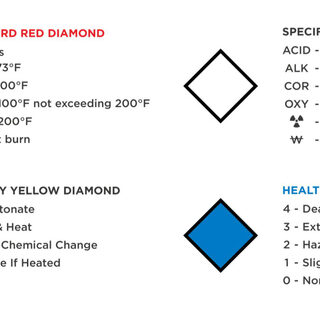Renovation Strategies for Specialized Laboratory Environments
How do you know if an existing building has what it takes to house a new specialty laboratory? The planning effort has to go beyond the typical process for a conventional lab renovation of defining program needs and investigating existing conditions. It must instead drill down into the unique aspects of the specialized environment, including illuminating the key attributes of the already-occupied and operational facility.












